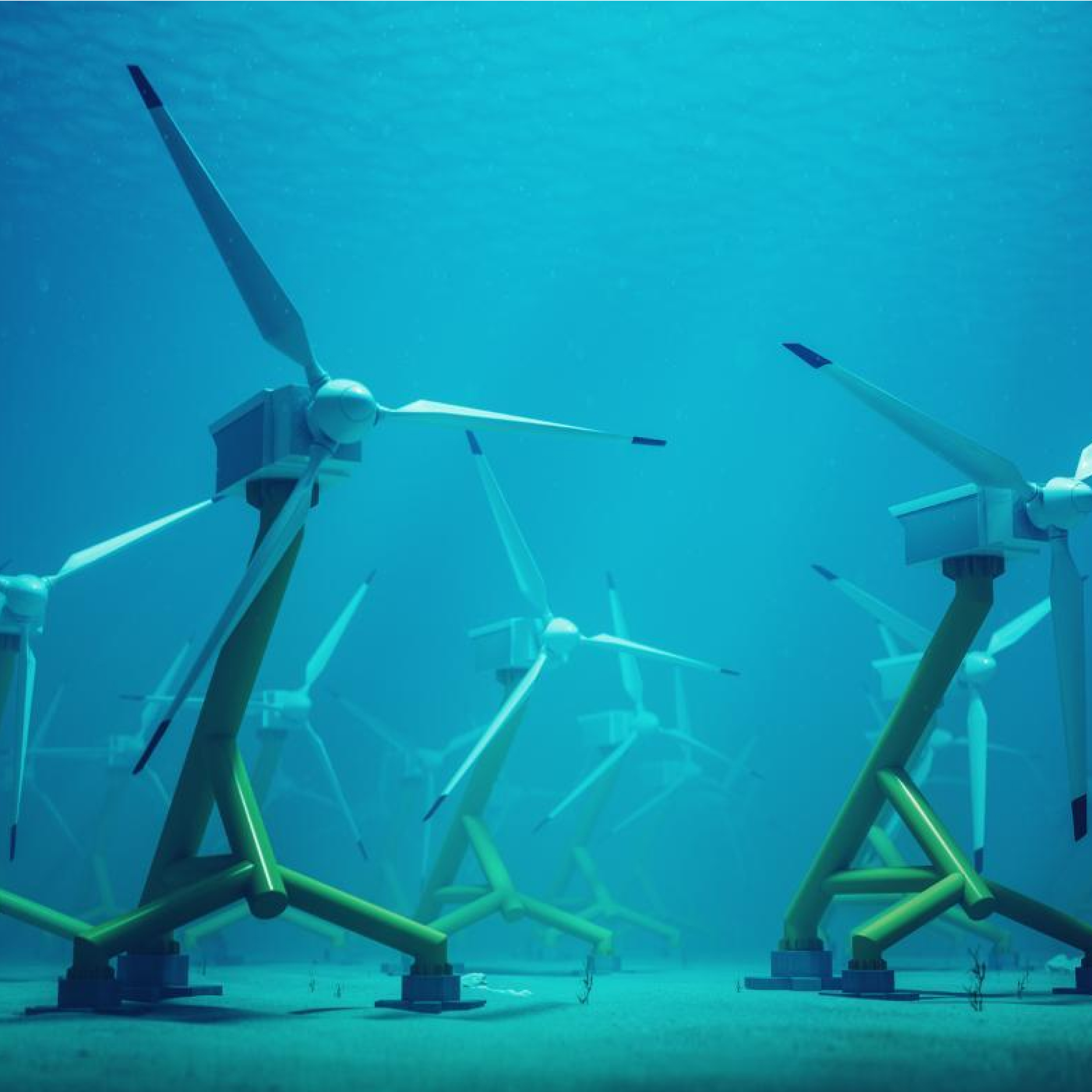U.S. Department of Energy Invests Millions in Marine Energy Initiatives

The United States Department of Energy (DOE) has announced plans to provide nearly $10 million in funding for seven pioneering initiatives to speed up the progress and evaluation of marine energy technologies. Marine energy sources, such as waves, tides, and ocean and river currents, show great potential as they are easily accessible, and predictable, and can be combined with other renewable energy options like solar, wind, and geothermal energy [1]. These investments will boost the exploration of wave-generated technology's usability in seawater desalination, which is more energy-intensive than traditional water treatment methods. If successful, using renewable marine energy sources could help produce drinking water at costs competitive with those of desalination plants powered by fossil fuels, while also reducing greenhouse gas emissions [2].
"Marine energy technologies have incredible potential to provide clean electricity as well as clean water," said Alejandro Moreno, Acting Assistant Secretary for Energy Efficiency and Renewable Energy. "These projects represent DOE's first significant investment in marine energy serving the blue economy market, and will advance technologies that can meet these needs and help achieve President Biden's goal of a net-zero-emissions economy by 2050."
Under the DOE's Powering the Blue Economy™ Initiative, the funding will be allocated to seven marine energy projects that are working on innovative solutions to provide small communities with a reliable, emission-free, and affordable source of drinking water that is resilient to water scarcity or that can be used during emergency relief situations.
One of the seven chosen projects is that of Binghamton University, which supports advancements in marine energy desalination more broadly.
Binghamton University has been granted $607,819 to develop an off-grid tidal turbine-driven centrifugal reverse osmosis system. The project aims to create and validate a combined tidal desalination system that can produce potable water by utilizing the rotational energy generated by hydrokinetic turbines. This eliminates the need for electrical power. To test lab-scale turbines, the project team intends to conduct testing at Lehigh University's Tidal Turbulence Test Facility [1].
With initiatives like Binghamton University's tidal turbine-driven desalination system, we are not only powering the blue economy but also paving the way for a greener and more resilient future. As these projects move forward, they hold the promise of transforming the way we generate clean energy and provide essential drinking water, ultimately benefiting communities and the environment alike.
Sources:
- Office of Energy Efficiency & Renewable Energy. U.S. Department of Energy Invests Nearly $10 Million to Advance Marine Energy.
- Water Scarcity Atlas. Desalination powered by renewable energy.
- https://www.energy.gov/eere/water/articles/waves-water-prize-concludes-drink-finale-and-selection-grand-prize-winner
- Most Viewed Blog Articles (5)
- Company News (284)
- Emerging Technologies (64)
- Microbiology and Life Science News (93)
- Water and Fluid Separation News (97)
- Filtration Resources (93)
- Product News (19)

![Join Sterlitech at BIO 2024 [Booth #5558]: Exploring the Future of Biotechnology](https://www.sterlitech.com/media/blog/cache/300x200/magefan_blog/b4.jpeg)




